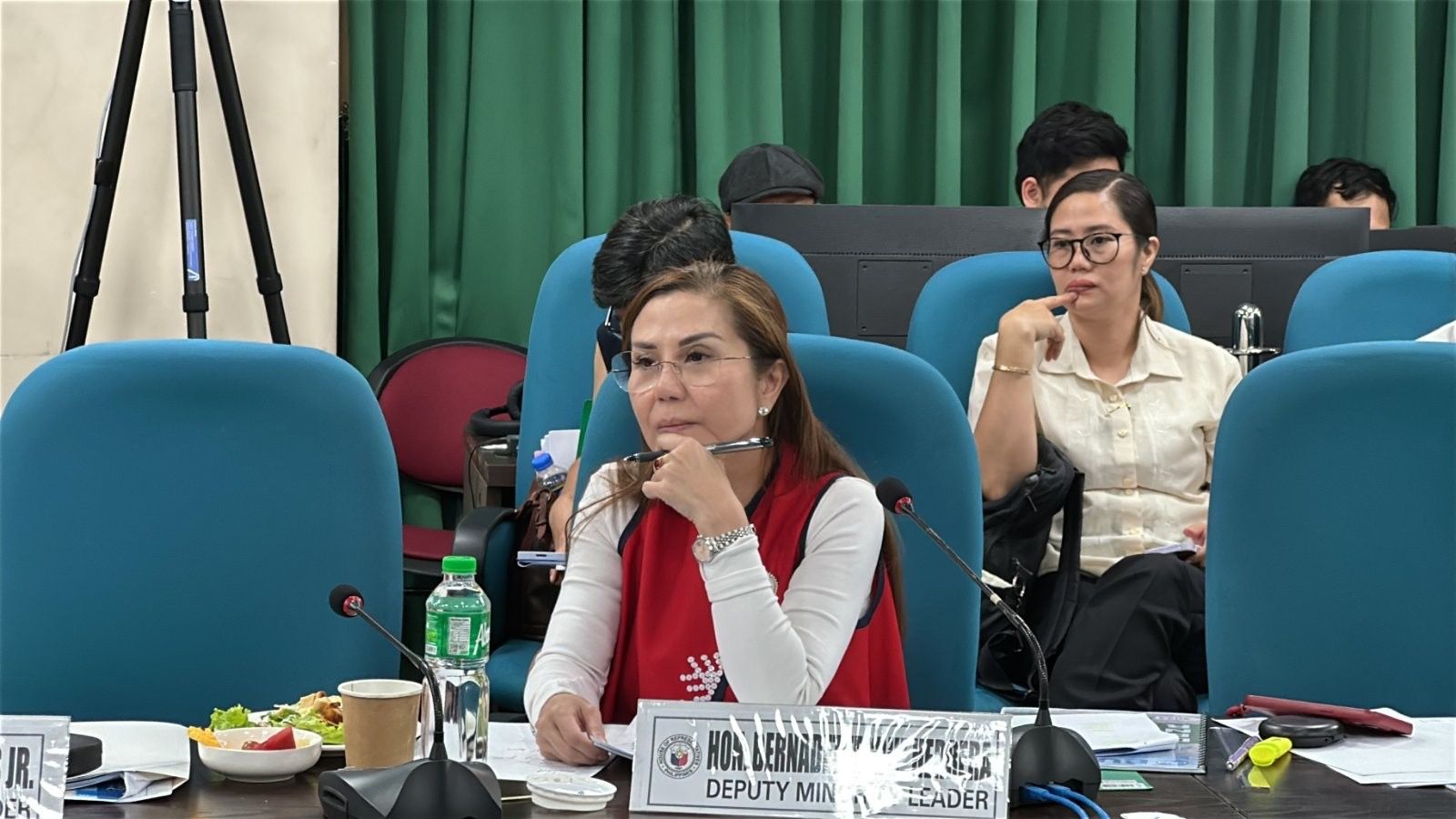'Kristine' exposed weakness in country's power infrastructure, says Herrera
At A Glance
- Bagong Henerasyon (BH) Party-list Rep. Bernadette Herrera has underscored the need to prioritize disaster-resilient infrastructure for the power sector following the devastation caused by typhoon "Kristine".
 Bagong Henerasyon Party-list Rep. Bernadette Herrera (Rep. Herrera's office)
Bagong Henerasyon Party-list Rep. Bernadette Herrera (Rep. Herrera's office)
A ranking congresswoman has underscored the need to prioritize disaster-resilient infrastructure for the power sector following the devastation caused by typhoon "Kristine".
According to House Deputy Minority Leader Bagong Henerasyon (BH) Party-list Rep. Bernadette Herrera, Kristine left millions of Filipinos without electricity and critical services after its strong winds knocked out power grids.
Its torrential rains also triggered landslides, which submerged towns and crippled essential facilities, including hospitals and communications networks.
Herrera said the widespread blackouts in remote islands, coastal towns, and highland communities exposed the vulnerabilities in the country’s power infrastructure.
“Every time a disaster strikes, we endure crippling blackouts that put entire communities at risk. It’s time to shift from temporary emergency repairs to long-term disaster adaptation and mitigation strategies,” she noted.
Herrera is advocating for the creation of comprehensive national, regional, and provincial master plans aimed at enhancing the resilience of the nation’s energy systems against natural disasters.
She stressed the need for burying power transmission lines underground and developing scalable power generation solutions for disaster-prone areas, including remote islands.
“Critical facilities like hospitals, schools, and telecommunications networks must have reliable power at all times. By investing in microgrids and upgrading infrastructure in vulnerable areas, we can ensure that essential services continue during crises,” stressed the former deputy speaker.
The veteran lawmaker proposed a phased implementation strategy, starting with high-risk areas frequently hit by typhoons.
“We should begin with downtown areas, business districts, and zones housing hospitals and government offices. Later phases can expand to surrounding areas,” she pointed out.
To finance these large-scale infrastructure upgrades, Herrera suggested a combination of funding sources, including bonds issued to international, local, and retail investors.
She estimated the initiative would require a baseline of P25 billion annually over 15 to 20 years, with initial funding potentially coming from foreign aid and technical grants.
“A sustainable, multi-year approach is essential for building a resilient power sector,” Herrera said.
“The cost of inaction far outweighs the investment needed to protect our communities from increasingly frequent and severe disasters,” she added.
The devastation caused by Kristine once again highlights the Philippines’ vulnerability to extreme weather events.
With the country experiencing an average of 20 typhoons annually, Herrera’s call for proactive infrastructure development offers a vital framework for safeguarding the nation’s power sector.
“The time to act is now,” Herrera urged. “We cannot wait for the next disaster to remind us of our fragility.”